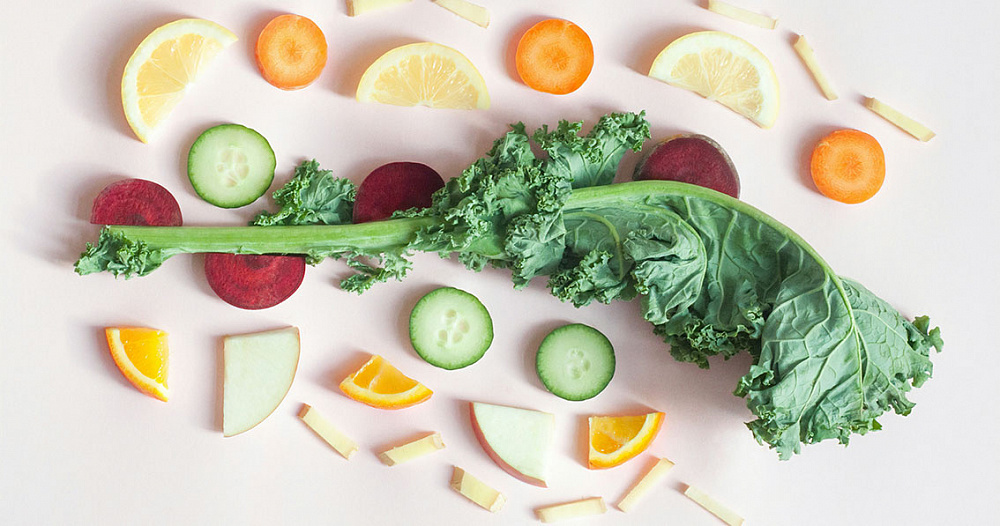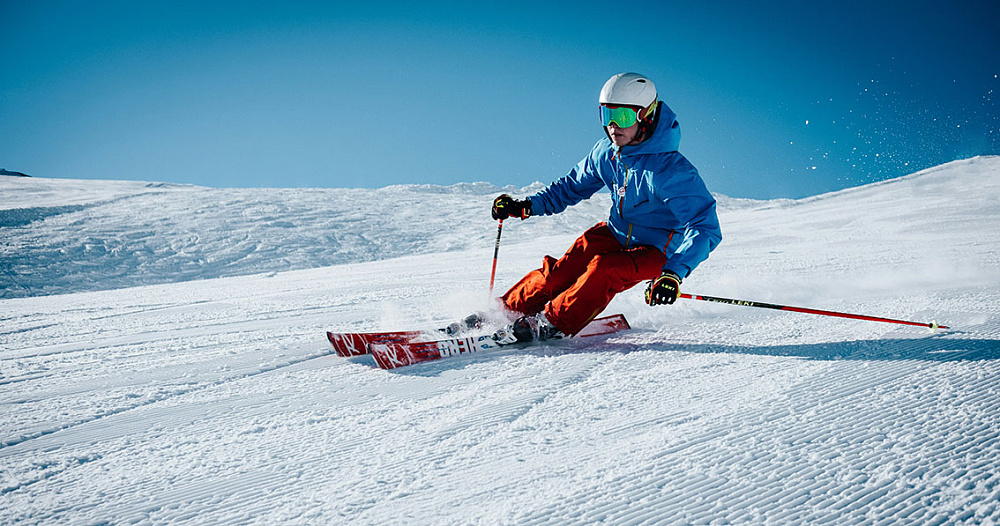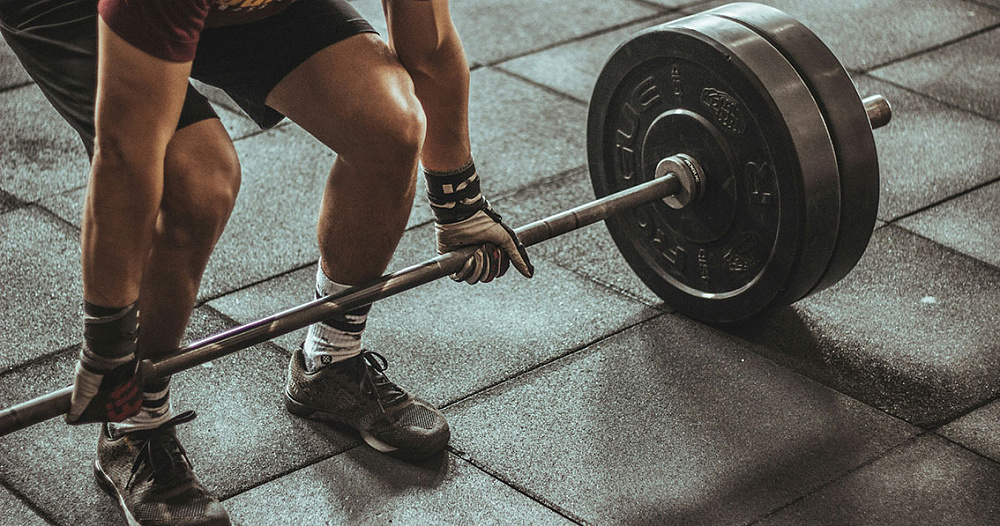Diet plays a minimal role in the treatment and natural clinical course of osteoarthritis. Contrary to overly optimistic publications on the Internet, there is no scientific evidence that eating industrial quantities of jelly, jellied meat, and even animal cartilage can have a beneficial effect on the severity of symptoms or the rate of degradation of articular cartilage. Diet for arthrosis is mainly aimed at reducing or maintaining normal weight in order to avoid excessive stress on diseased joints.
What you can’t do with arthrosis
With arthrosis, you should not abuse alcohol. It has a negative effect on health in general and on the metabolism of articular cartilage in particular.
With arthrosis, you cannot gain weight, and if you have already gained weight, then you should get rid of excess fat on the body. The more you weigh, the greater the load on the knee joints. Accordingly, the faster they deteriorate. It has been proven that weight loss reduces the symptoms of arthrosis, and also increases the period of time before joint replacement, thus having a disease-modifying effect.
What you can’t eat with knee arthrosis if you need to lose weight:
- Any sweets: increase the release of insulin, which causes fat on the sides to grow, and in addition, any confectionery products are high in calories.
- Fatty meats: pork, beef, etc. Instead: chicken, turkey, rabbit.
- Fatty sauces such as mayonnaise. Instead: ketchup, soy sauce.
- Pastries, cakes, pastries. Instead: crackers, fruit jelly, fresh fruits and berries.
- Other foods rich in fat: butter, vegetable oil in excessive quantities, cheese, smoked sausage, etc. should not be excluded completely, but should be limited.
Many people are afraid of low-fat diets, believing that the body needs fats. Indeed, they do. But fats are present in small quantities in almost all foods. Medicine does not know of any diseases that would develop in a person who eats too little fat. But hundreds of diseases are known, the risk of which increases with excessive consumption of fats and sugars. Arthrosis is one of them.
The Internet often says that you can’t, but in fact you can: salt, fried, spicy, marinades, soda. Sometimes we see and hear unfounded statements that the listed products accelerate the development of arthrosis by 2-3 times. These data have no scientific evidence and are a product of the authors’ imagination.
All the restrictions listed above (fats and sweets) are recommended for people with weight problems. For thin people, this diet does not make sense, since it will not affect the course of arthrosis.

What can be done with arthrosis
With osteoarthritis of the knee, you can eat everything that does not make you fat. And people gain weight from fatty and sweet foods. Accordingly, you can eat everything that is not fatty and not sweet.
Skinny people can eat absolutely everything: even fatty and sweet. But you should give up such food as soon as you notice that your body weight has started to increase.
Products that are good for your figure:
- vegetables;
- fruits;
- cereal porridges;
- whole wheat bread;
- mushrooms;
- any unrefined products of plant origin.
They write on the Internet that with arthrosis you need to eat a lot of food containing calcium and vitamin D. This is probably due to the similarity of the names of the two diseases: osteoarthrosis and osteoporosis. A lack of vitamin D causes osteoporosis, but not osteoarthrosis.
At the same time, there is no doubt that it has a positive effect on bone health. There is evidence that vitamin D improves the ingrowth of endoprostheses into the bone and reduces the risk of repeated endoprosthetics. This vitamin is found in fish, eggs, and is also produced in the skin under the influence of ultraviolet light.
Contrary to the myths spread on the Internet, citrus fruits, olive oil, ginger, pineapple, green tea, jellied meat, jelly, offal and fermented milk products do not affect the clinical course of osteoarthritis. Do not rely on these foods, as unfounded diet therapy only distracts from really effective treatment and can cause a delay in seeking medical help.
How much water to drink
You need to drink just enough water to quench your thirst. In old age, it is worth remembering that the feeling of thirst dulls. You can suffer from dehydration, but still not want to drink. In addition to the feeling of thirst, the fact of dehydration can be determined by dry mouth and dark urine.
There is no one norm for everyone, how much to drink. One person weighs 50 kg, another – 100 kg. One lives in a hot climate, another – in a cold one. One runs two hours every day, and the rest of the time works on a construction site, while another lies on the couch and works on the computer.
Everyone has different fluid needs. You should drink enough fluid so that your urine is light yellow throughout the day. If it is completely clear, you are drinking too much. If it is darkening, you are not drinking enough.
Proper fluid intake is good for your overall health, but it does not affect your joint health. Arthrosis is not treated with water and does not develop as a result of dehydration. If you drink a lot, this does not mean that stage 1 knee arthrosis will never progress to stage 2 arthrosis, or that it will progress more slowly.
If you have been diagnosed with arthrosis, you should not rely solely on diet. This is a chronic disease that cannot be cured, but can be controlled. Contact Dr. Waqas Javed’s Clinic in Lahore to get help with arthrosis. To treat this disease, we use not only diet, but also exercise therapy, physiotherapy, intra-articular injections and other methods.






